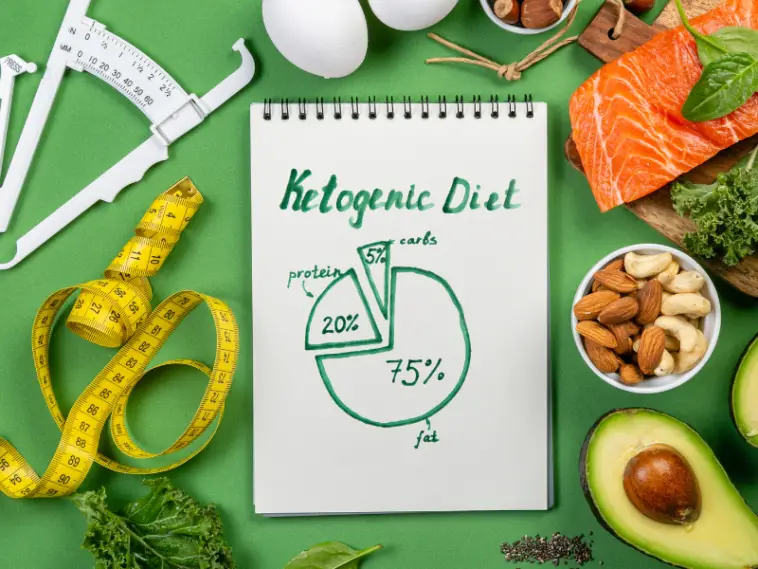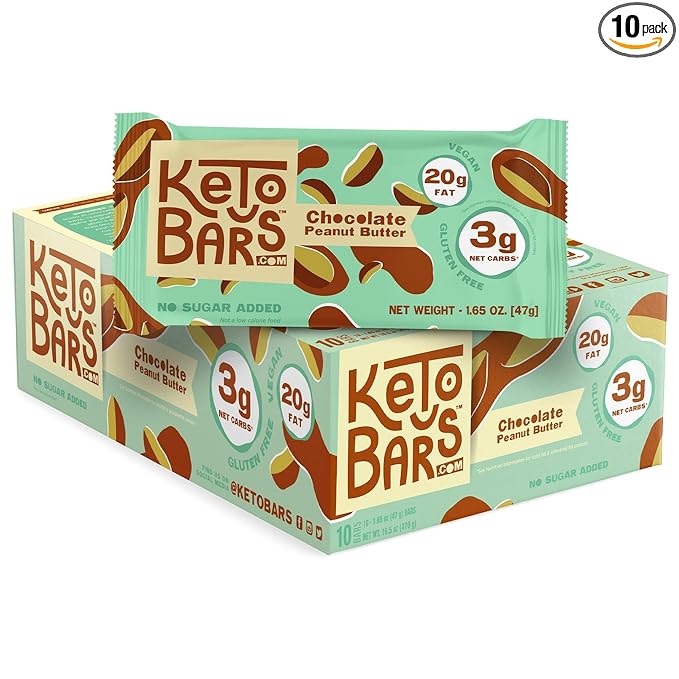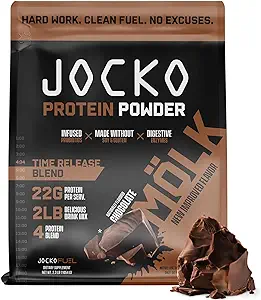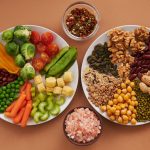The ketogenic diet, or keto for short, has gained popularity in recent years for its ability to promote weight loss, boost energy levels, and improve overall well-being. But before you dive in headfirst, it’s important to understand the key rules that will set you up for success on your keto journey.
In this article, we will walk you through the eight essential rules that every keto beginner should know. From slashing the carbs and embracing healthy fats to tracking net carbs and staying hydrated, we’ve got you covered. We’ll also touch on the importance of moderate protein consumption and incorporating exercise into your keto lifestyle.
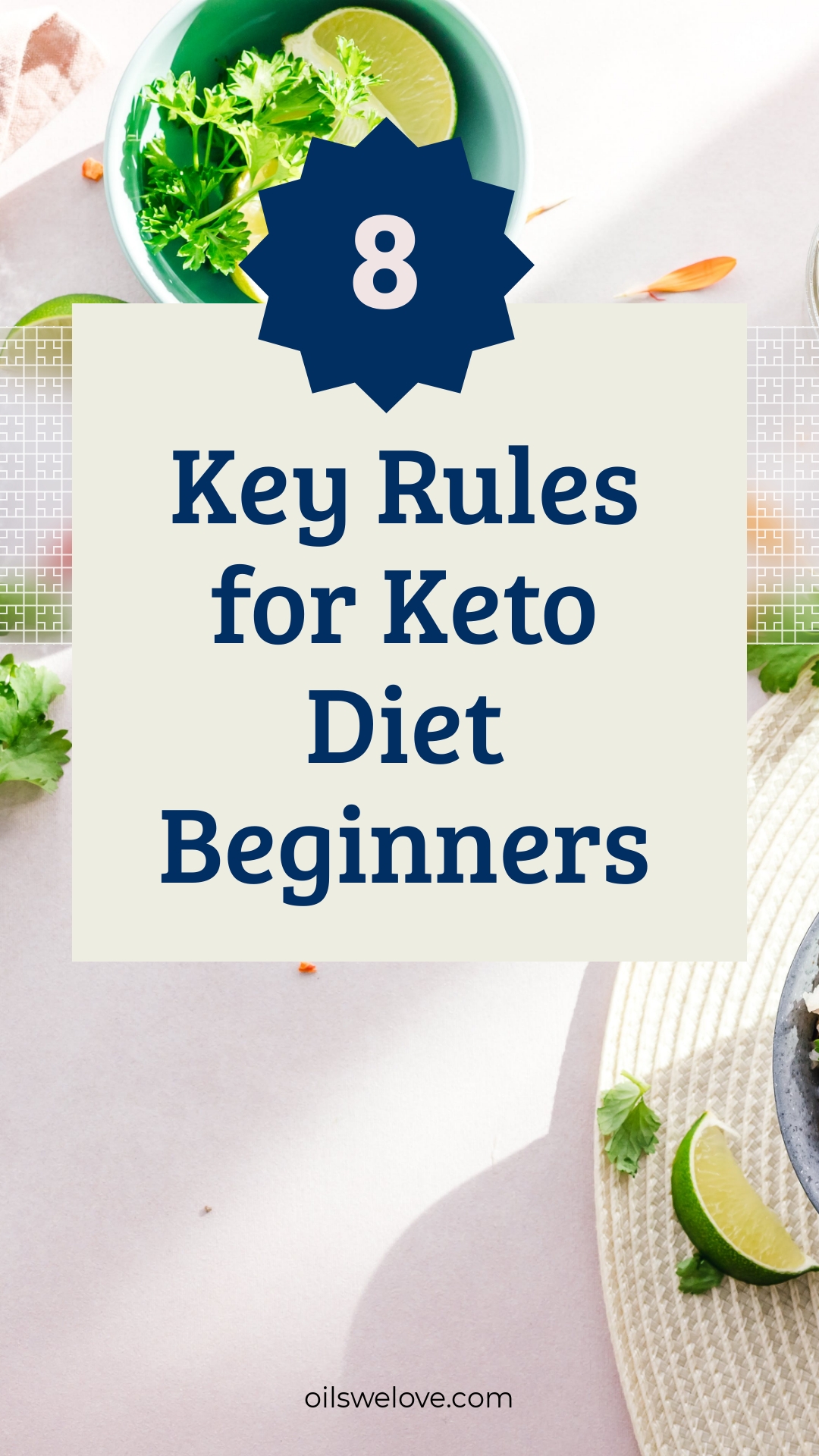
1. Embrace Fats
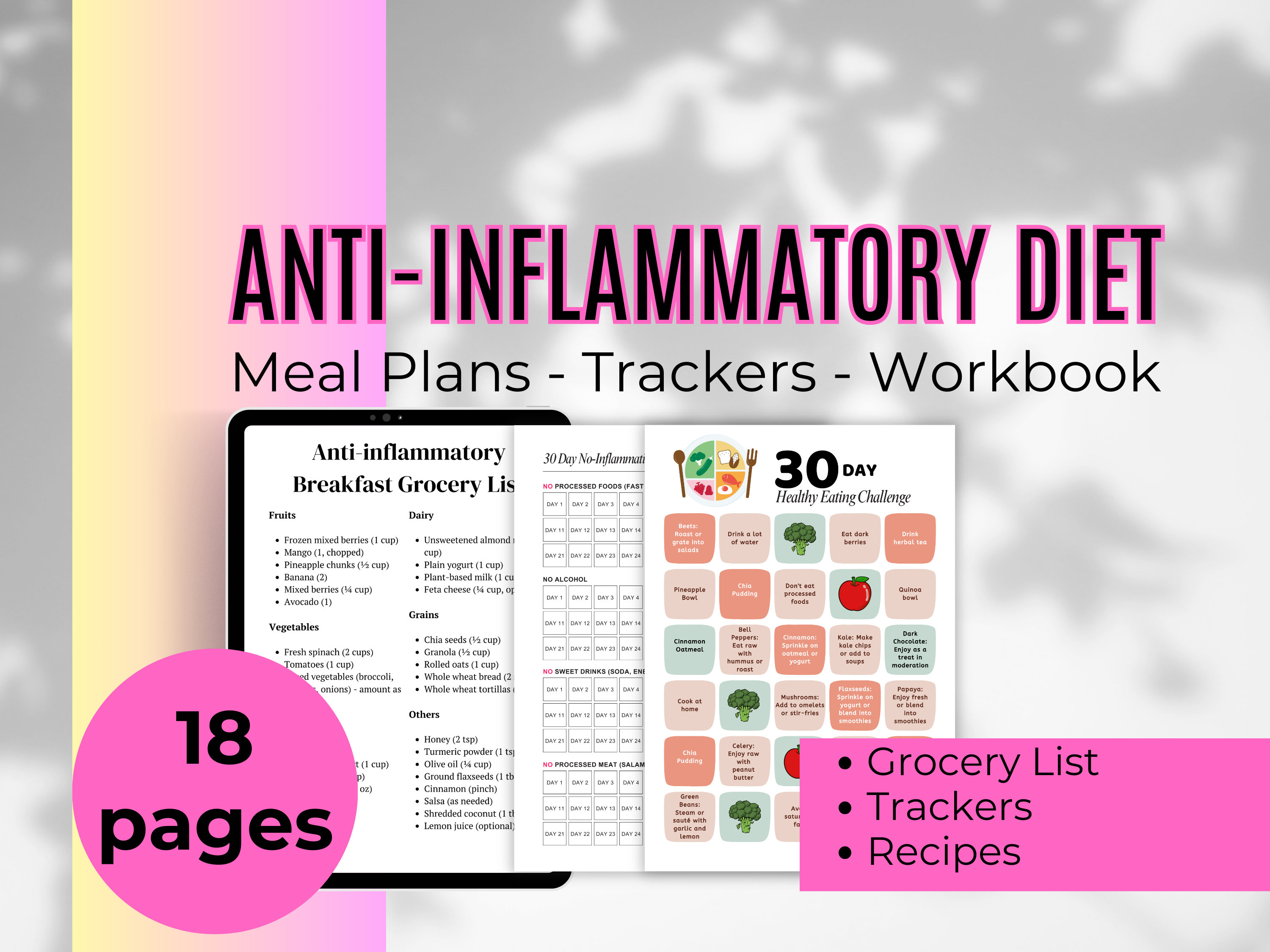
- 2-Week anti-inflammatory meal plan.
- 45 Foods that Cause Inflammation
- 31 Things to Avoid on Food Labels
- Grocery Lists. Challenges. Symptoms Tracker
When starting a keto diet, it’s important to embrace healthy fats. Many people believe that fats are bad for you, but the truth is, our bodies need fat to thrive. By incorporating healthy fats into your diet, you can stay satiated and energized throughout the day.
Some great sources of healthy fats for a keto diet include avocados, olive oil, nuts, and seeds. These foods not only provide essential nutrients, but they also contain monounsaturated fats, which have been shown to improve heart health and reduce inflammation in the body.
Pro Tip: Incorporating healthy fats into your diet is easier than you think. For a quick and easy snack, try keto bars. These bars are packed with healthy fats and low in carbs, making them the perfect on-the-go option for busy days. Click here to check out a variety of delicious keto bars.
Remember, fats are not the enemy. Incorporating healthy fats into your keto diet can provide sustained energy and keep you feeling full throughout the day.
2. Moderate Protein
While protein is an essential nutrient for muscle repair and growth, it’s important to consume it in moderation while on a keto diet. Too much protein can hinder ketosis, the state in which your body burns fat for fuel instead of carbohydrates.
When choosing sources of protein, opt for lean options such as chicken, fish, and tofu. These options are lower in fat and can help you maintain a healthy balance of macronutrients on a keto diet.
Pro Tip: If you’re struggling to find sources of lean protein that fit into your keto diet, consider incorporating protein powder into your routine. Protein powder can be used in smoothies or mixed with almond milk for a quick and easy post-workout snack. Just be sure to choose a protein powder with minimal carbs and added sugars.
Remember, moderation is key when it comes to protein intake on a keto diet. By choosing lean sources of protein and monitoring your intake, you can stay in ketosis and continue to burn fat for fuel.
3. Track Net Carbs
Net carbs are a crucial component of a keto diet. Net carbs are calculated by subtracting fiber from the total carbohydrates in a food. Monitoring your net carb intake is essential for staying in ketosis and reaping the benefits of a keto lifestyle.
There are many different food tracking apps available that can help you monitor your net carb intake. These apps allow you to input the foods you eat and track your macronutrient intake throughout the day. By tracking your net carbs, you can easily identify which foods to avoid and make adjustments to stay on track.
Pro Tip: When tracking net carbs, pay attention to hidden sources of carbs in foods. For example, some condiments and sauces may contain added sugars or starches, which can quickly add up in your daily carb count. Be sure to read labels carefully and opt for homemade versions of condiments whenever possible.
4. Electrolytes: Your Keto Power Up
Think of electrolytes as the spark plugs of your body. They’re essential minerals like sodium, potassium, and magnesium that carry electrical charges, influencing everything from muscle function and nerve impulses to blood pressure and hydration. On a keto diet, losing electrolytes is common due to changes in fluid balance and decreased carb intake. This can lead to unpleasant symptoms like fatigue, headaches, muscle cramps, and even irregular heartbeat.
Don’t let that scare you! Replenishing electrolytes is relatively simple and ensures your body continues to operate optimally on keto. Here are your natural power-up options:
- Leafy greens: Pack your plate with spinach, kale, Swiss chard, and romaine lettuce. These green giants are potassium powerhouses.
- Bone broth: Simmer bones from chicken, beef, or fish for a mineral-rich broth. Bonus points for adding a squeeze of lemon, which further aids absorption.
- Avocados: This creamy fruit is a treasure trove of potassium, magnesium, and healthy fats. Enjoy them mashed on toast, blended into smoothies, or simply sliced on top of salads.
- Nuts and seeds: Almonds, Brazil nuts, sunflower seeds, and pumpkin seeds are great sources of magnesium and healthy fats. Snack on them raw, roasted, or added to yogurt and salads.
- Electrolyte supplements: If you find it challenging to meet your needs through diet alone, consider consulting a healthcare professional about appropriate supplements.
Remember, consistency is key. Regularly incorporating these electrolyte-rich foods into your diet will help you avoid unpleasant side effects and keep your body running smoothly on its keto journey.
5. Stay Hydrated
Staying hydrated is important for overall health and well-being, but it’s especially crucial when following a keto diet. Proper hydration supports digestion, nutrient absorption, and can even aid in weight loss.
When following a keto diet, your body may excrete more water and electrolytes. This can lead to dehydration if you’re not careful. Aim to drink at least 8 cups (64 ounces) of water per day, and more if you’re active or live in a hot climate.
Pro Tip: If you’re struggling to drink enough water, consider adding in flavored electrolyte powders or drops. These can enhance the taste of water and provide essential minerals to support hydration. Just be sure to choose options that are sugar-free and keto-friendly.
Remember, proper hydration is key to success on a keto diet. By drinking enough water, you can support your body’s functions and stay on track with your health and weight loss goals.
6. Incorporate Exercise
Incorporating exercise into your keto lifestyle is important for overall health and well-being. Regular physical activity not only helps with weight loss, but it can also improve insulin sensitivity and promote ketosis.
When choosing exercises to incorporate into your routine, it’s important to choose activities that align with your fitness level and goals. Whether it’s walking, running, weightlifting, or yoga, find activities that you enjoy and can stick to long-term.
Pro Tip: To enhance your performance during workouts, consider incorporating exogenous ketones into your pre-workout routine. Exogenous ketones can provide a quick source of energy and help you maintain ketosis during intense exercise.
Remember, exercise is a crucial component of a healthy lifestyle, especially when following a keto diet. By incorporating regular physical activity, you can enhance weight loss, improve overall health, and optimize your keto journey.
7: Embrace the Journey, Find Your Tribe
Starting a new diet, especially one as significant as keto, can feel daunting. Navigating challenges, overcoming cravings, and staying motivated requires more than just willpower. That’s where the power of support and community comes in.
Here are some ways to connect and find your keto tribe:
- Online communities: Explore forums, Facebook groups, and subreddits dedicated to keto. Share experiences, ask questions, and learn from others’ successes and struggles.
- Social media: Follow keto influencers, bloggers, and chefs for recipe inspiration, motivation, and tips.
- Meetup groups: Search for local keto meetups or organize your own! Connecting with people in your area can offer valuable face-to-face support and accountability.
- Health professional guidance: Talk to a registered dietitian or nutritionist specializing in keto. They can personalize your plan, address concerns, and offer expert advice.
Remember, you’re not alone on this journey. Surround yourself with positive and supportive individuals who understand your goals and can celebrate your wins. Building a strong support system will make your keto journey far more enjoyable and sustainable.
8. Fuel Your Body, Not Your Cravings: Mindful Eating on Keto
Cravings are a common hurdle on any diet, and keto is no exception. Suddenly eliminating sugary sweets, starchy carbs, and processed foods can trigger your body and mind to yearn for those familiar flavors. But don’t despair! With mindful eating practices, you can navigate cravings effectively and stay true to your keto goals.
Here’s how to outsmart your cravings:
- Identify your triggers: Pay attention to situations, emotions, or times of day when cravings strike. Are you stressed? Bored? Used to reaching for sweets after dinner? Recognizing your triggers helps you prepare alternative strategies.
- Plan your meals and snacks: Don’t leave yourself starving! Keep healthy keto options readily available to quell cravings before they arise. Stock your fridge and pantry with low-carb vegetables, nuts, seeds, hard-boiled eggs, cheese sticks, and pre-portioned keto snacks.
- Hydrate, hydrate, hydrate: Often, thirst masquerades as hunger. Carry a reusable water bottle and sip throughout the day. Aim for 8-10 glasses of water and consider unsweetened teas or black coffee for variety.
- Distract yourself: When cravings hit, don’t dwell on them. Engage in a distracting activity like taking a walk, listening to music, calling a friend, or doing some quick housework. By shifting your focus, you can often break the craving cycle.
- Don’t demonize certain foods: Rigid restrictions can backfire. Allow yourself occasional small indulgences in keto-friendly treats to satisfy your sweet tooth without derailing your progress. Choose dark chocolate, sugar-free desserts, or homemade keto fat bombs.
- Practice mindful eating: Savor your food! Eat slowly, pay attention to textures and flavors, and stop when you feel comfortably full. Mindful eating helps you appreciate your food and avoid mindless overeating.
- Be patient and kind to yourself: Everyone experiences cravings. Don’t beat yourself up if you slip up. Acknowledge it, get back on track, and learn from the experience.
As a beginner on a keto diet, it’s important to slash the carbs, embrace healthy fats, moderate protein consumption, track net carbs, stay hydrated, and incorporate exercise into your routine. By following these key rules, you can effectively transition to a keto lifestyle and experience the many benefits it has to offer.


